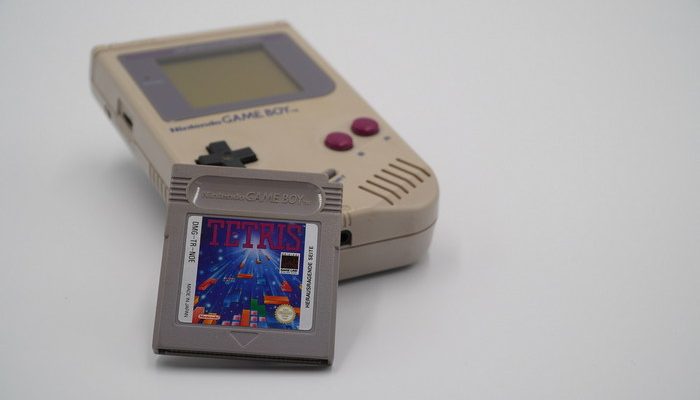When we hear the term outdated gadgets, a montage of memories floods in. From the soft clicks of a Walkman to the magnetic allure of VHS tapes, these gadgets, now termed obsolete technologies, were once the marvels of their era. But what really are these relics of the past?
Outdated technologies encompass devices or systems that were once the epitome of innovation but have gradually been overshadowed by newer inventions. As technological advancements surge forward, these once indispensable items become relics, set aside for more efficient successors. Yet, these older technology pieces have played pivotal roles, serving as stepping stones leading to the digital age we thrive in today.
Check out 10 Most Iconic Outdated Gadgets.
10 – The Pager: A Pocket-sized Revolution
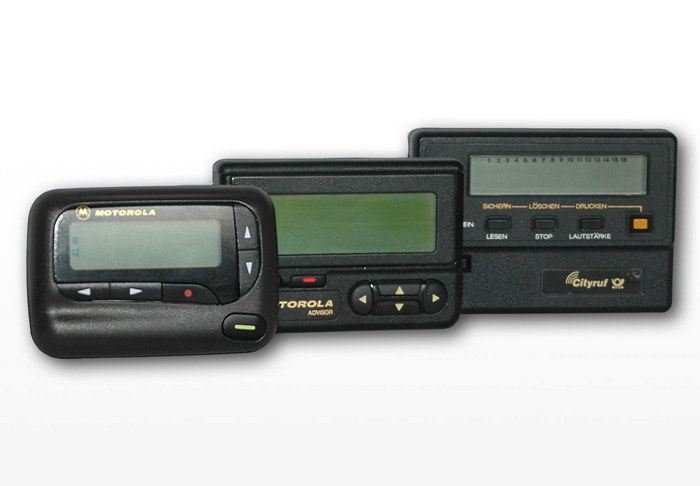
Long before the era of smartphones and instant messaging, the Pager stood tall as a symbol of quick communication. Though its primary function might seem limited to today’s tech-savvy generation, it was once the very epitome of cutting-edge technology. A small device, usually clipped to one’s belt, it relayed short messages through a series of beeps or vibrations.
It’s easy to underestimate the pager’s significance in our digital evolution. However, in a time where communication was largely tethered to landlines, the Pager provided a newfound sense of freedom. Busy professionals, especially doctors, swore by its convenience.
Yet, as technology galloped forward with mobile phones and the internet, the once indispensable pager took a backseat, becoming a nostalgic piece of communication history. The rapid technological advancements overshadowed this nifty device, but its role as a stepping stone to the era of digital mobility remains undeniable.
09 – Data Bank Watch: Wearable Tech’s Humble Beginnings
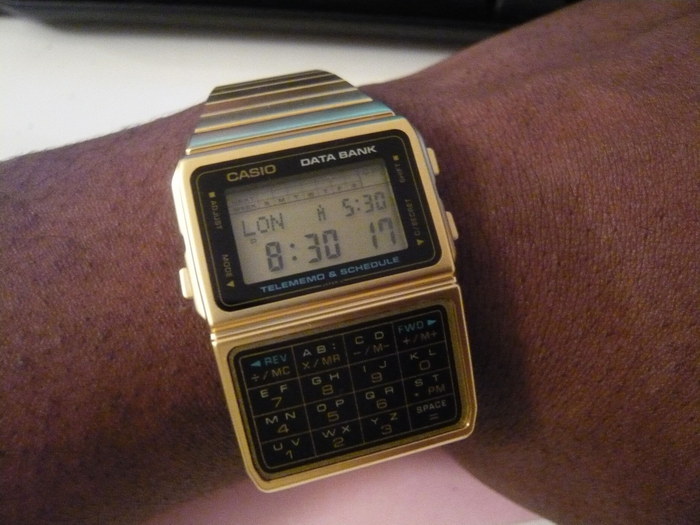
The Data Bank Watch, while possibly drawing chuckles today, was a revolutionary device in its heyday. This gadget was more than a timepiece; it was one of the earliest forms of wearable technology, a precursor to the smartwatches of today.
With its built-in calculator and capability to store phone numbers, the watch was the perfect accessory for the busy 90s professional. No longer did one need to lug around bulky address books or pocket calculators; the Data Bank Watch had you covered.
However, as technology advanced, this ingenious wrist companion was overshadowed by more sophisticated devices. Yet, it holds a special place in the chronicles of wearable tech, reminding us of an era when blending functionality with fashion was still in its nascent stages.
08 – Discman: Portable Music’s Grand Ancestor
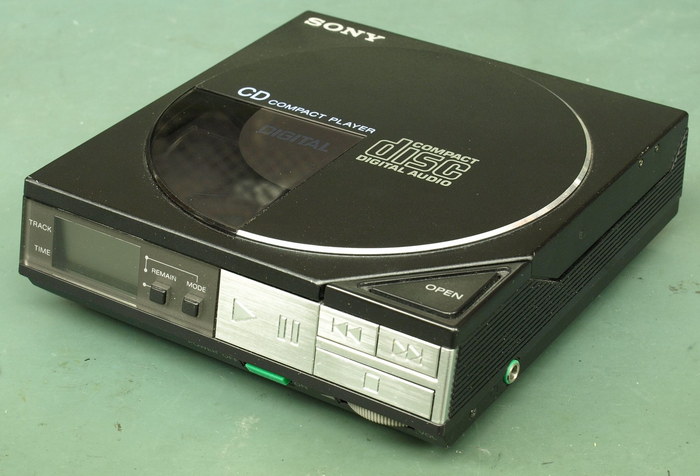
Before streaming platforms and mp3 players, the Discman was the go-to device for portable music. Sony’s creation allowed users to take their CDs on the go, a real treat during a time when music mobility was largely limited to cassette tapes.
The sheer joy of flipping open the lid, inserting a CD, and having an entire album play on demand was a marvel for many. The Discman brought music to life, making commutes, walks, and workouts melodious.
Yet, with the rise of digital music platforms and smaller, more efficient gadgets, the Discman’s dominance waned. Even so, its legacy as a pivotal player in the music evolution journey persists. It encapsulates a time when tangible music collections were cherished, and album covers were as much a part of the experience as the tunes themselves.
07 – Electronic Organizer: The Digital Rolodex
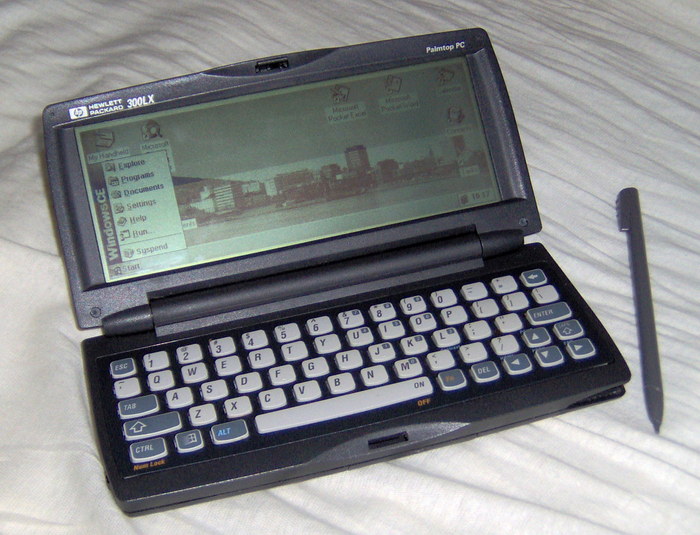
Before the rise of smartphones and cloud storage, the Electronic Organizer was a must-have for professionals worldwide. Often branded by popular names like Casio and Sharp, this handheld gadget was considered a hallmark of efficient organization in the 1990s.
The organizer’s primary function was to store contacts, notes, and appointments. Many models came equipped with a tiny stylus, a calculator, and even games. In essence, they were the precursor to today’s smartphones, albeit with much less computing power.
While these organizers became increasingly sophisticated, their reign was short-lived. The advent of PDAs, and later, smartphones with integrated apps and vast storage capacities, rendered them obsolete. Yet, for many, the Electronic Organizer remains a nostalgic reminder of simpler digital times.
06 – Game Boy: Nintendo’s Pocket-sized Powerhouse
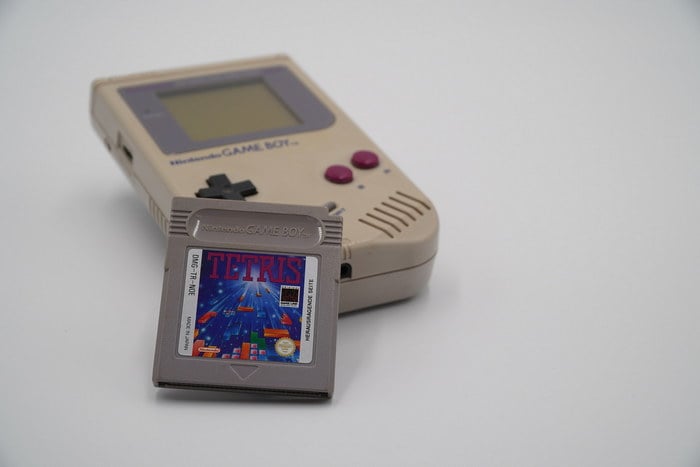
The Game Boy by Nintendo wasn’t just a gadget; it was a cultural phenomenon. Debuting in 1989, this portable gaming device introduced many to the mesmerizing world of video games. With its signature greenish-gray screen and cartridges like ‘Tetris’ and ‘Pokémon’, Game Boy became synonymous with handheld entertainment.
The beauty of the Game Boy lay in its simplicity and durability. It was common to see children and adults alike, engrossed in their screens, maneuvering through pixelated worlds with sheer determination.
Despite subsequent iterations and the influx of more advanced portable gaming systems like the Nintendo DS and PSP, the Game Boy’s iconic status remains untouched. It’s a testament to a time when gaming was just emerging from its infancy, capturing hearts worldwide.
05 – Tamagotchi: The Virtual Pet Phenomenon
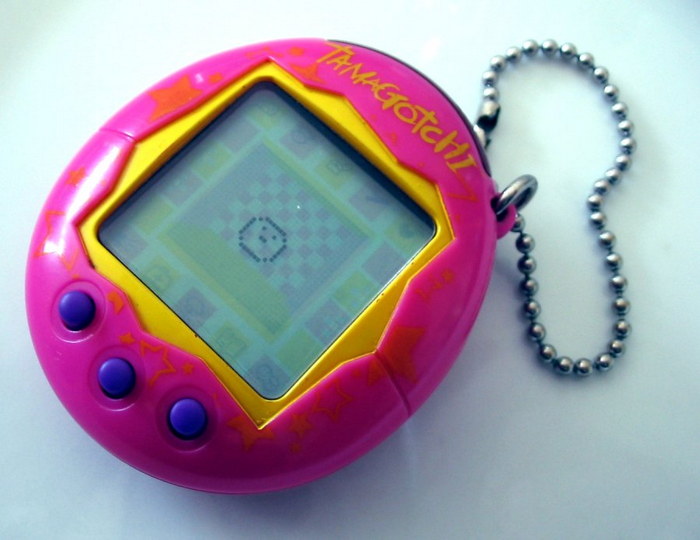
The Tamagotchi craze of the 90s was something to behold. Created by Bandai, these pocket-sized virtual pets demanded care, attention, and love, much like real pets. From feeding to cleaning up after them, these digital creatures provided a sense of responsibility.
The magic of Tamagotchi lay in its ability to form genuine emotional connections. Many recall the distress of their pet falling ill or the joy of it evolving. It wasn’t just a toy; it was an experience.
As technology advanced and app-based games became popular, standalone virtual pets like the Tamagotchi saw a decline. However, its cultural impact, especially on the ’90s generation, is undeniable. It remains a symbol of an era where digital and real-life emotions intriguingly intertwined.
04 – PDA: The Precursor to Smartphones
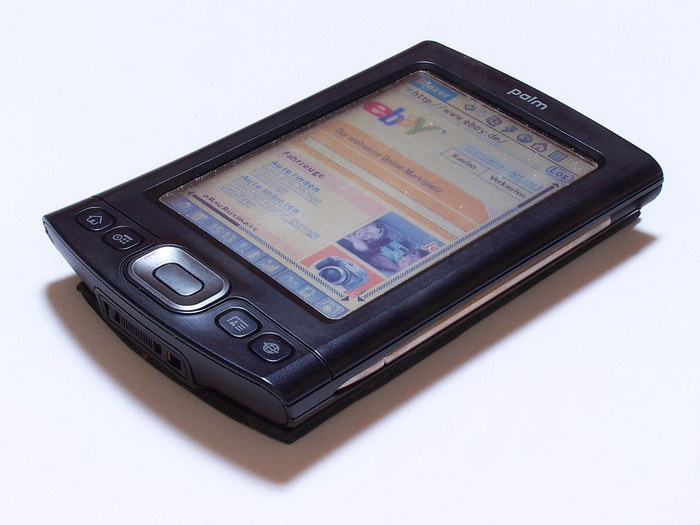
The Personal Digital Assistant (PDA) was the dream gadget of the late ’90s and early 2000s. Brands like Palm, Compaq, and BlackBerry were at the forefront of this technological boom. At its core, a PDA was a handheld computer, integrating functionalities like calendars, contacts, and note-taking, with the ability to sync with PCs.
These devices came with a stylus and a touch screen, offering a new, interactive way to manage personal and professional lives digitally. Over time, they evolved, incorporating features like Wi-Fi, Bluetooth, and even multimedia functionalities.
However, with the rise of smartphones that combined phone capabilities with all the features of a PDA, the demand for standalone PDAs waned. But the PDA’s legacy lives on, laying the groundwork for the smartphone era we thrive in today.
03 – Disposable Camera: Capturing Moments the Old-fashioned Way
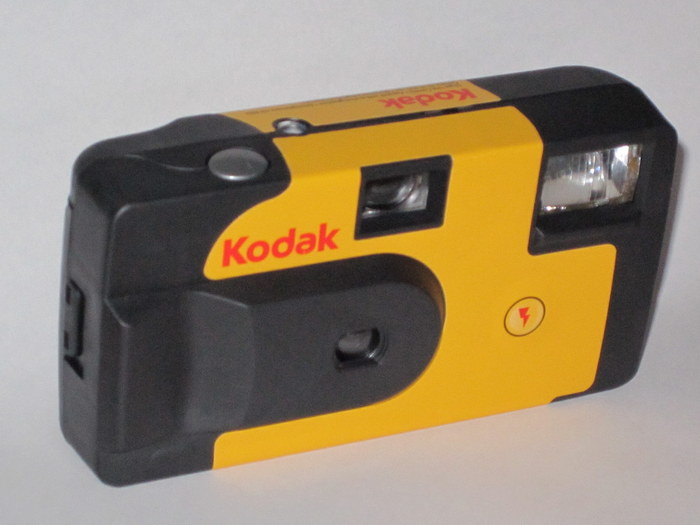
The Disposable Camera, often associated with brands like Kodak and Fujifilm, was the go-to choice for many casual photographers in the 1990s and early 2000s. Compact, user-friendly, and relatively affordable, these cameras were perfect for vacations, parties, and special events.
Unlike today’s digital photography, the disposable camera offered a limited number of shots, often 24 or 36. This limitation made each click precious. After using up the film, one would take the entire camera to a photo lab to develop the pictures.
With the rise of digital cameras and smartphones offering high-quality photography at our fingertips, the allure of disposable cameras faded. Yet, there’s a certain charm and nostalgia associated with them, reminding us of an era when capturing memories was a tangible, tactile experience.
02 – Pocket Color Television: Portable Entertainment Before Streaming
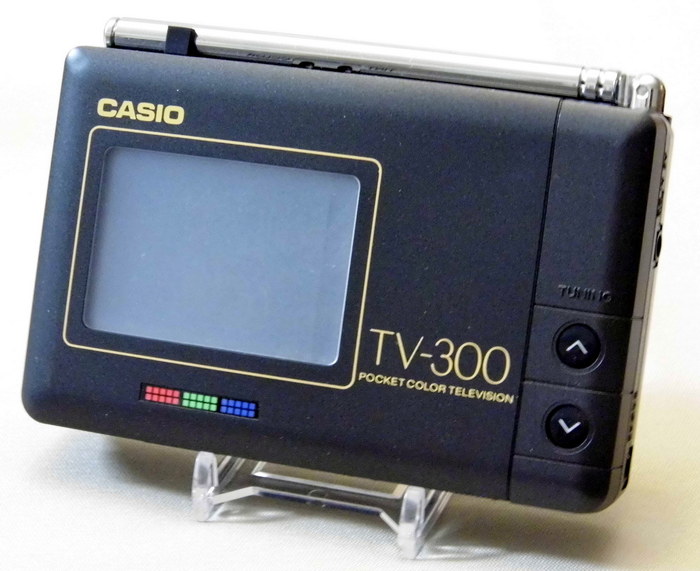
In an age before streaming services and smartphones, the Pocket Color Television was a marvel. Brands like Sony and Casio released compact versions of television sets that fit right into your pocket. With their tiny antennas and LCD screens, they offered a way to watch live TV on the go.
For travelers, waiting for a train or killing time during long journeys, these pocket TVs were invaluable. They ran on batteries and picked up broadcast signals, albeit with lesser clarity than their larger counterparts.
However, as technology zoomed ahead, devices like smartphones, tablets, and more advanced portable media players replaced pocket TVs. These devices not only offered better quality but also the luxury of choice in content. The era of live, scheduled broadcasts gave way to on-demand, personalized viewing, relegating pocket color televisions to the annals of tech history.
01 – Walkman: The Revolution in Personal Audio
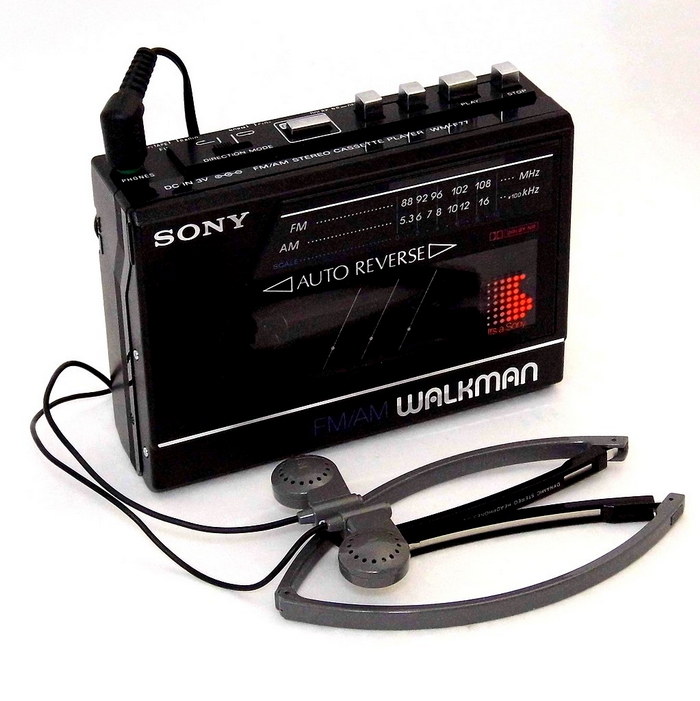
The Walkman. Even its name conjures up waves of nostalgia for a generation that grew up in the 80s and 90s. Introduced by Sony in 1979, the Walkman transformed the way we consumed music. Prior to its release, portable music was largely an oxymoron. With the Walkman, for the first time, listeners could enjoy their favorite tunes on the move without any cumbersome setups.
The classic blue-and-silver device, equipped with a pair of headphones, brought cassette tapes to life. Whether it was jogging, commuting, or simply lounging in a park, the Walkman became synonymous with personal audio. It wasn’t just a gadget; it was a cultural phenomenon, paving the way for personalization and solitary enjoyment in the entertainment sector.
Brands like Panasonic, Aiwa, and Toshiba soon jumped on the bandwagon, releasing their own versions of portable cassette players. But the Walkman, with its iconic brand and design, often stood out as the gold standard.
As technology evolved, the Walkman too underwent transformations. Cassettes gave way to CDs with the introduction of the Discman, and later, digital media players and MP3s became dominant. However, by this time, other players, notably the Apple iPod, had entered the fray, and the Walkman’s dominance began to wane.
Yet, despite the technological shifts, the legacy of the Walkman remains unparalleled. It laid the groundwork for personal audio devices, shaping the way we engage with music even today. While today’s youth might chuckle at the bulky design and the concept of “flipping a tape,” the Walkman remains a testament to a time when music was a tangible, cherished experience, with each mixtape a labor of love and each song a journey.
Predicting the Next Wave of Obsolescence
The relentless march of technology leaves us pondering: what’s the next gadget to join the museum of outdated gadgets? As we seamlessly integrate into a cloud-centric universe and the Internet of Things dominates, standalone items like USB drives might soon become museum pieces. Moreover, as green initiatives pick up steam, traditional gasoline-powered cars may yield the roads to electric counterparts.
Physical books, CDs, and DVDs might also face the brunt as digital streaming platforms take precedence. It’s a transformative period, where gadgets of today could easily be nostalgia triggers of tomorrow. However, it’s this very cycle of innovation and obsolescence that propels us into a future brimming with potential.
The Timeless Lure: Unraveling Our Fascination with Retro Gadgets
In a world dominated by state-of-the-art innovations, there’s a persistent allure surrounding iconic gadgets from earlier times. What drives our fascination with these objects from the past? Could it be the feelings of warmth they evoke, reminiscent of days when life was seemingly uncomplicated?
These outdated gadgets, symbols of specific periods, ignite a profound emotional response. For many, it’s a trip down memory lane, recalling moments when these devices were groundbreaking inventions. The meticulous design, the intricate workings, and the sense of wonder they brought contrasts vividly with today’s fast-paced tech advancements.
Moreover, the endurance of these older gadgets highlights their influence and the significant role they played in shaping technological progress. Beyond functionality, they were experiences – moments of discovery, wonder, and sometimes, sheer genius.
The world may have moved on to sleeker, more efficient tech tools, but the undying charm of old technology remains undiminished. It serves as a vibrant reminder that while tech eras come and go, the sentiments and experiences associated with these retro devices linger, forever etched in history.


